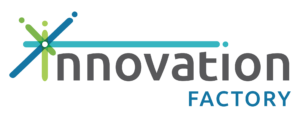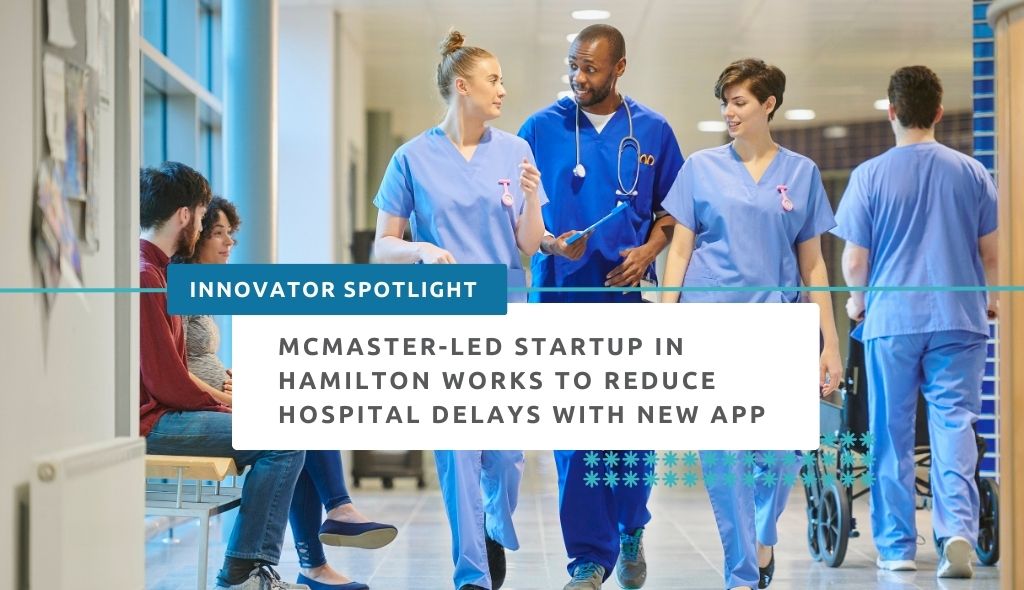A master’s grad from Hamilton’s McMaster University is working to solve the problem of delays in emergency room triage across Ontario. Ron Galaev founded EmergConnect — a centralized digital platform that allows patients to register for emergency care and start a self-assessment while still at home.
It then customizes their wait time predictions and redirects them to the best care environment based on that assessment.
“There’s nothing worse than the unknown,” Galaev told McMaster’s Daily News. “We let you know how long you have to wait and when you will be seen, and that improves the patient experience.”
“A lot of patients can be seen virtually or at a walk-in clinic, or they might not need a doctor, or they might not need an ER. EmergConnect can show you the relevant care options, then give the care provider your information before you get there, so they know you’re coming. Your wait is shorter, it costs OHIP less than an ER, and you get the care you need.”
With staffing shortages impacting services, health care workers can also benefit from EmergConnect, as it frees up triage and intake nurses who spent countless hours inputting data. “We can’t pull more nurses out of the sky, so a digital system at scale can help nurses by leveraging some of the information of power that patients have,” he added.
Galev, who studied Biomedical Discovery and Commercialization, won the LiONS LAIR pitch competition with EmergConnect at Innovation Factory in 2021. He is also a client at The Forge, the McMaster-funded business incubator for local startups.
Galev has secured $750,000 in funding in the first round of fundraising, mostly from private investors. Agreements with hospitals are also in place for EmergConnect pilot projects.
The company is reportedly awaiting provincial approval for collaboration with “one of Ontario’s busiest emergency department networks,” something Galaev hopes to see launched in the next few months.
He says navigating the business world of health care has been challenging.
“Privacy assessments, risk assessments, and technical integration alone cost hundreds of thousands of dollars,” Galev adds. “As a private company, that’s very challenging.”
“It’s all a learning process as you go, and you catch tidbits along the way. You learn to deal with disappointment, rejection, setbacks, challenges, timeline changes — it was like climbing a mountain in flip-flops.”






